Introduction
The assembly of graphene sheets into macroscopic fibers with graphene layers aligned along the fiber axis is crucial for both foundational research and technological applications. However, the performance of graphene-based fibers has historically been lower than the expected performance based on individual graphene properties.
Research Breakthrough
Professor Geng Fengxia’s team at Soochow University explored improving the mechanical and electrical properties of graphene fibers through covalent linking of graphene edges. They discovered that creating bridged structures with aromatic amide bonds at the graphene edges significantly enhances fiber conductivity and mechanical strength.
Methodology
Using wet spinning technology, the team facilitated selective reactions between aromatic amine linkers and carboxyl groups at graphene edges to form covalent bridges. This method has been industrially applied and is amenable to large-scale production.
Results
The research demonstrated that the covalent bridging technique led to graphene fibers with:
- Tensile strength of up to 3.54 ± 0.25 GPa
- Young’s modulus of 340 ± 32 GPa
- Electrical conductivity of up to 1.5 × 10^5 S/m
These performance metrics surpass those of previously reported graphene fibers under similar conditions.
Highlights
- The new technique achieves high-performance graphene fibers without the need for high-temperature annealing.
- This research opens new avenues for designing and manufacturing graphene-based macroscopic assemblies.
- Despite the current fiber performance not reaching the ideal state, the edge-connecting strategy has shown potential for significantly enhancing the comprehensive performance of graphene fibers.
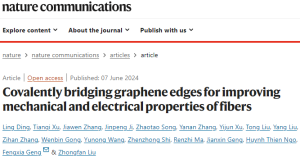
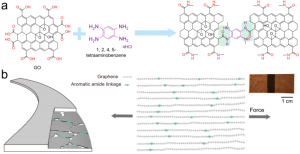
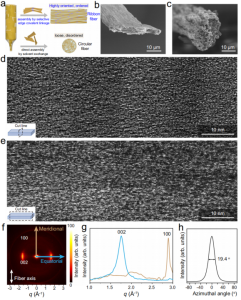
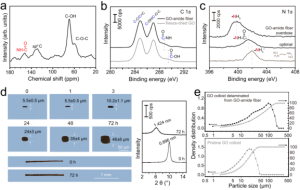
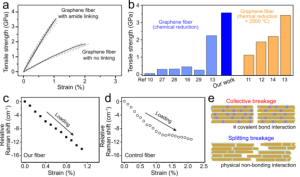
Conclusion
The study’s findings have paved the way for manufacturing high-performance macroscopic graphene fibers under optimal technical, economic, and ecological conditions. This breakthrough strategy may have substantial implications for the commercial and industrial application of high-performance structural materials based on graphene.
The results of this research were published on June 7th in Nature Communications under the title “Covalently bridging graphene edges for improving mechanical and electrical properties of fibers”.

